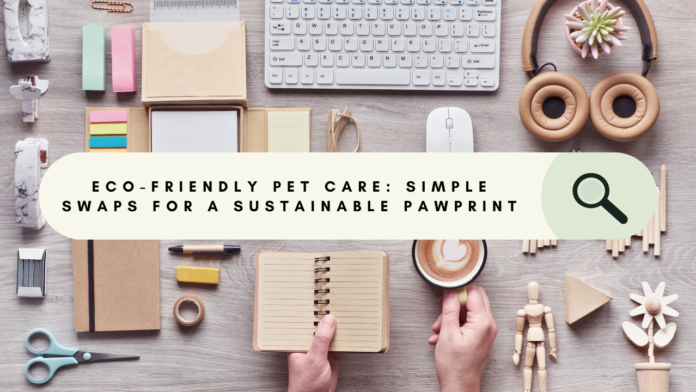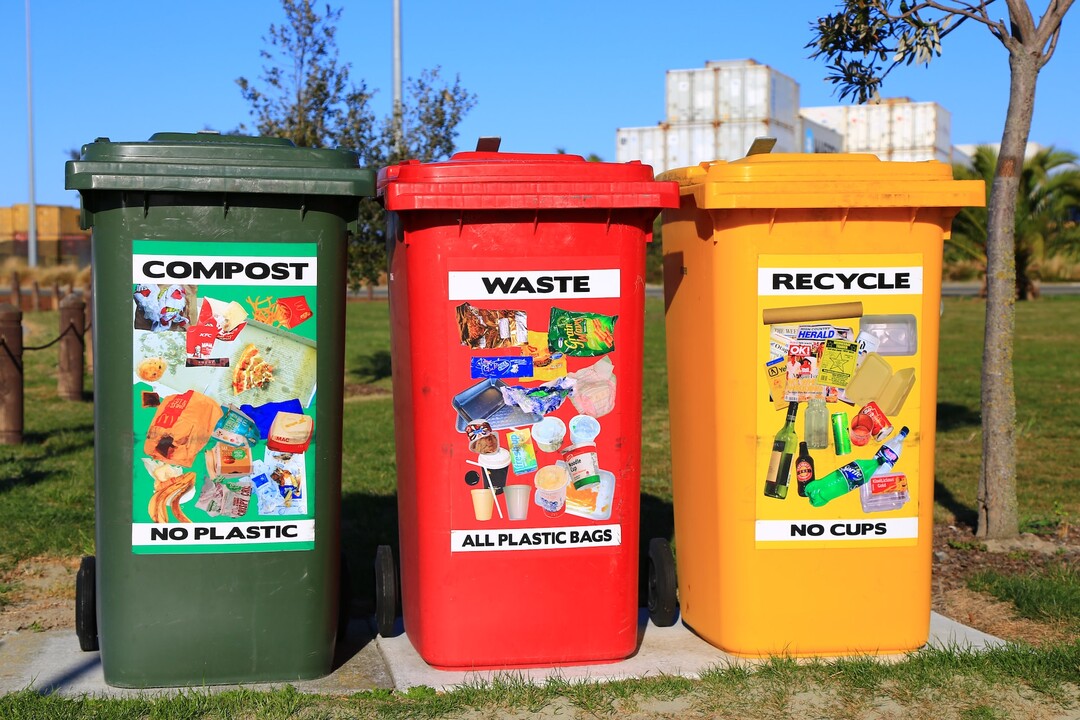Last Updated on April 11, 2024 by Silvy
Eco-Friendly Pet Care: Simple Swaps for a Sustainable Pawprint
Let’s face it, our furry companions bring a whole lot of love and laughter into our lives.
But between kibble bags, endless walks with disposable poop bags, and those squeaky toys that get replaced faster than you can say “fetch,” our pets can also leave a bit of an environmental paw print.
Fear not, fellow pet lovers! Going green with your pet care routine doesn’t have to mean sacrificing convenience or quality.
In fact, with a few simple swaps and some creative thinking, you can become an eco-conscious pet parent without breaking the bank or disrupting your pet’s happy routine.
So, grab your reusable water bottle (because hydration is important for both you and your pet!), and let’s dive into the wonderful world of eco-friendly pet care!
Embracing a Sustainable Lifestyle with Your Furry Friend
This guide will equip you with all the pawsome knowledge you need to make eco-conscious choices for your pet.
We’ll explore everything from sustainable food options and eco-friendly toys to clever waste management hacks and ways to minimize your pet’s environmental impact during walks and outings.
Whether you’re a seasoned pet parent or just welcoming a new furry friend into your life, this guide will show you how to create a loving and sustainable home for your pet, all while making a positive impact on the planet.
Ready to unleash your inner eco-warrior pet parent? Let’s get started!
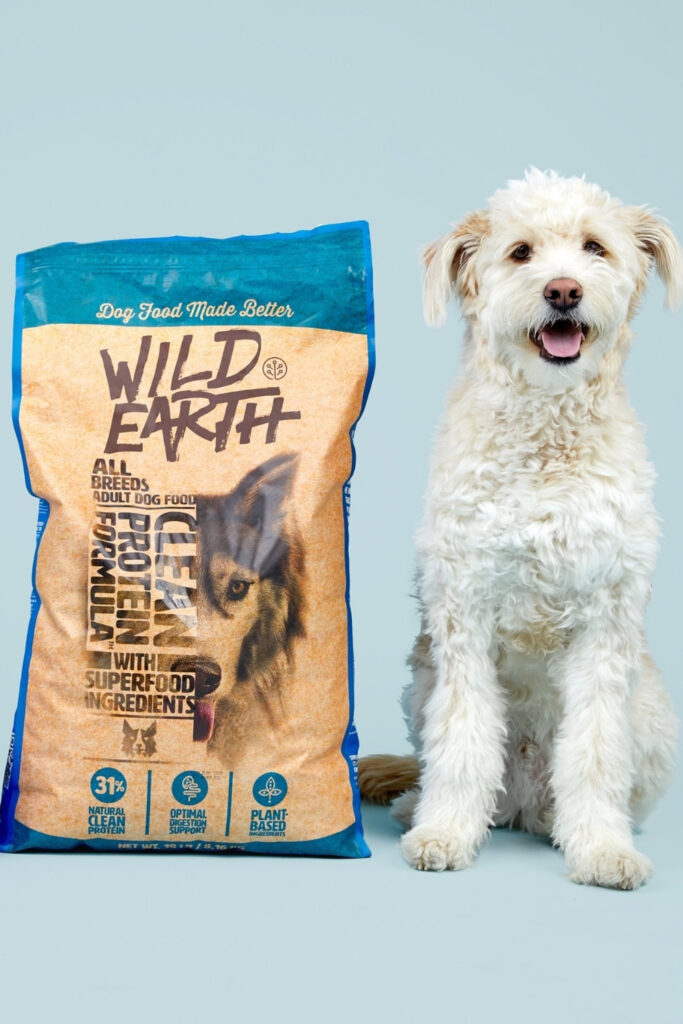
Choosing Eco-Friendly Pet Food
Fueling Happy and Healthy Pets with Sustainable Choices
Food is the cornerstone of a healthy and happy pet. But did you know that conventional pet food production can have a significant environmental impact?
From resource-intensive ingredients to excessive packaging, there are ways to make more sustainable choices when it comes to feeding your furry friend.
Here are some tips to consider:
-
Opt for Sustainable Protein Sources: Consider exploring plant-based pet food options, especially for dogs who can thrive on a vegetarian diet. For meat-eaters, look for pet food brands that prioritize sustainable protein sources like ethically raised fish or insects. These options generally have a lower environmental footprint compared to traditional meat-based pet foods.
-
Locally Sourced Ingredients: Supporting local pet food companies not only keeps your money within your community, but it also reduces the carbon footprint associated with long-distance transportation.
-
Sustainable Packaging: Look for pet food brands that use recyclable or biodegradable packaging. Some companies even offer refill programs where you can bring your own container and avoid single-use packaging altogether.
-
Portion Control: Food waste is a real issue, and uneaten pet food contributes to it. Measure out your pet’s food accurately to avoid overfeeding and potential waste.
Beyond kibble: Consider making healthy homemade treats for your pet using fresh, local ingredients.
This allows you to control exactly what goes into your pet’s body and reduces reliance on packaged treats.
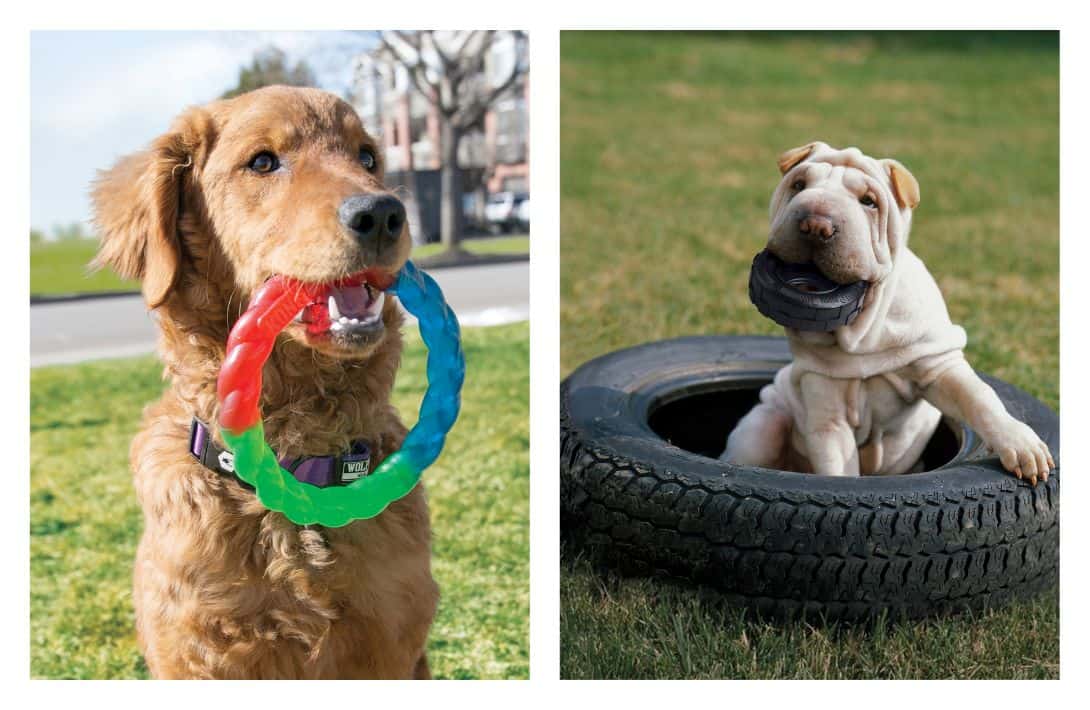
Eco-Friendly Pet Toys and Accessories
Long-Lasting Fun with a Sustainable Twist
We all love spoiling our pets with new toys and accessories. But those mountains of squeaky toys and chew sticks can pile up quickly, ending up in landfills.
Here are some ideas for eco-friendly pet fun:
-
Durable Over Disposables: Invest in well-made, durable toys that can withstand your pet’s playful antics. A classic Kong toy can provide hours of entertainment for years to come, compared to disposable toys that get shredded in minutes.
-
Natural Materials: Look for toys made from natural materials like rope, hemp, or sustainable wood. These options are not only eco-friendly, but they are also often safer for your pet to chew on.
-
Upcycled Fun: Unleash your creativity and give old clothes or household items a new lease on life as pet toys. A braided old t-shirt can be a fantastic tug toy for a dog, while a cardboard box stuffed with paper can provide endless entertainment for a cat.
-
Support Sustainable Brands: When you do need to buy new toys, search for companies that use recycled materials or source their products from sustainable sources.
Remember: Even the most durable toys eventually reach the end of their lifespan.
Donate gently used toys to animal shelters or recycling programs that accept pet products.
Eco-Friendly Waste Management
Responsible Pet Ownership Goes Green
Cleaning up after our pets is a crucial part of responsible pet ownership.
But the traditional plastic poop bags can take hundreds of years to decompose, adding to plastic pollution. Here are some eco-friendly alternatives for managing pet waste:
- Biodegradable Poop Bags: Opt for poop bags made from plant-based materials that will break down quickly and naturally.
-
Compostable Poop Bags: If you have a home compost bin, consider using certified compostable poop bags. These will break down entirely in your compost pile, creating nutrient-rich fertilizer for your garden.
-
Scooping Without Bags: In certain situations, like having a backyard, scooping waste directly into a designated compost bin might be a viable option. Just be sure to check local regulations and maintain the compost bin properly to avoid odors and attract pests.
-
Waste Disposal Etiquette: Even with biodegradable or compostable options, always double bag waste and dispose of it properly in designated pet waste bins. Leaving waste bags behind, even eco-friendly ones, still disrupts the environment and can be a health hazard.
Eco-Friendly Walks and Outings
Adventures with a Lighter Pawprint
Taking your pet for walks and adventures is a fantastic way to bond and get some exercise. Here are some tips to make your outings more eco-friendly:
-
Skip the Bottled Water: Invest in a reusable water bottle for both you and your pet. This eliminates the need for disposable plastic bottles and keeps everyone hydrated on the go.
-
Biodegradable Poop Bags on the Go: Always carry a roll of biodegradable poop bags when venturing out with your pet. This ensures you can clean up after your furry friend responsibly, no matter where you are.
-
Eco-Friendly Transportation: If possible, ditch the car and opt for eco-friendly transportation options like walking, biking, or taking public transportation with your pet.This not only reduces your carbon footprint, but it’s also a great way to get some exercise together.
-
Picking Up After Others: Unfortunately, not everyone is a responsible pet owner. If you come across pet waste left behind on your walk, consider bringing an extra poop bag and disposing of it properly. Every little bit helps!
Grooming with Sustainability in Mind
Keeping Your Pet Clean Doesn’t Have to Cost the Earth
Regular grooming is an important part of keeping your pet healthy and happy. Here’s how to make your pet’s grooming routine more eco-friendly:
-
Natural Grooming Products: Opt for natural shampoos and conditioners that are free of harsh chemicals and are often packaged in recycled materials.
-
Water Conservation: During bath time, use a sprayer attachment or wet washcloth to minimize water usage.
-
Brush Regularly: Brushing your pet regularly helps remove loose fur and reduce shedding, which means less fur ends up in landfills when you clean your house.
-
DIY Grooming Sprays: Consider making your own natural grooming sprays using ingredients like diluted apple cider vinegar or coconut oil. These homemade options are often more cost-effective and eco-friendly than store-bought products.
Sustainable Pet Bedding
Creating a Cozy and Eco-Conscious Sleeping Space
A comfy bed is essential for a restful pet. Here are some eco-friendly options for your pet’s sleeping quarters:
-
Recycled Materials: Look for beds made from recycled materials like fleece or eco-friendly foam.
-
Organic Fillings: Choose beds with organic fillings like hemp or recycled cotton.
-
Upcycled Beds: Get creative and turn old blankets, pillows, or even a dog bed into a comfy sleeping spot for your pet.
-
Durable Options: Invest in a well-made, durable bed that can withstand years of use. This reduces waste compared to frequently replacing flimsy beds.
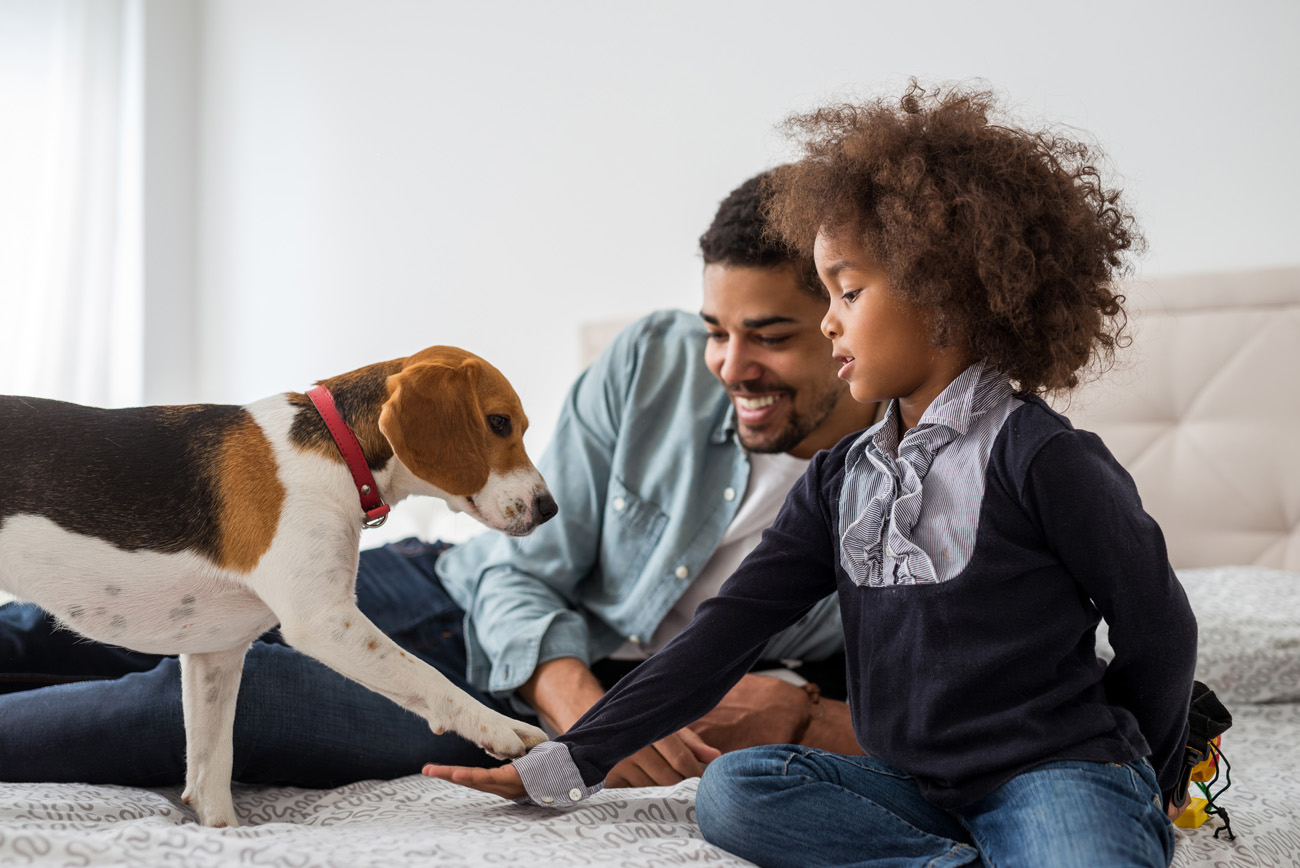
The Power of Adoption and Responsible Pet Ownership
Making a Green Choice from the Start
One of the most significant ways to reduce your pet’s environmental impact is by adopting a pet from a shelter or rescue organization.
This not only gives a loving home to an animal in need, but it also reduces the environmental footprint associated with breeding facilities.
Additionally, responsible pet ownership practices like spaying or neutering your pet help control pet populations and reduce the number of animals ending up in shelters.
Conclusion: Small Changes, Big Impact
By making small changes in your pet care routine, you can significantly reduce your pet’s environmental impact.
From choosing eco-friendly food and toys to responsible waste management and sustainable grooming practices, every step you take makes a difference. Remember, even small changes, when multiplied by millions of pet owners, can have a profound impact on the planet.
So, let’s embrace eco-friendly pet care and create a more sustainable future for our furry companions and the world we share.
FAQs
Are biodegradable poop bags really eco-friendly?
Biodegradable poop bags are a more eco-friendly option compared to traditional plastic bags, as they will break down much faster in a landfill (although ideally, they should end up in a compost pile for faster decomposition). However, the key is proper disposal. Even biodegradable bags can take years to break down in a landfill if not exposed to the right conditions (like oxygen and heat). Always double bag waste and dispose of it properly in designated pet waste bins.
What are some eco-friendly alternatives to cat litter?
There are several eco-friendly cat litter options available:
-
Recycled Paper Litter: This type of litter is made from recycled paper products like newspaper or cardboard and is biodegradable and flushable (check the specific brand’s instructions for flushability).
-
Wood Pellet Litter: Wood pellet litter is another biodegradable option made from compressed wood shavings. It clumps well and offers excellent odor control. However, it can be heavier than traditional clay litter.
-
Biodegradable Corn or Wheat Litter: These litters are made from plant-based materials like corn or wheat and are completely biodegradable. They often have good odor control and clumping properties.
How can I clean up after my pet in a natural area?
When adventuring with your pet in natural areas, it’s crucial to leave no trace behind. Here’s what to do:
-
Always carry a roll of biodegradable poop bags. Double bag waste and pack it out with you to dispose of it properly in a designated trash bin.
-
Minimize your impact on wildlife and vegetation. Avoid letting your pet wander off leash or dig in sensitive areas.
-
Be mindful of local regulations. Some parks or natural areas may have specific rules regarding pet waste disposal.
What are some ways to get my kids involved in eco-friendly pet care?
Getting your kids involved in eco-friendly pet care is a fantastic way to teach them about environmental responsibility. Here are some ideas:
-
Involve them in making homemade pet treats. This allows them to learn about healthy ingredients and reduces reliance on packaged treats.
-
Encourage them to pick up after their pet during walks. This instills a sense of responsibility and teaches them the importance of keeping the environment clean.
-
Let them help with composting food scraps or pet waste (if appropriate for your composting method). This helps them understand the natural decomposition process and the benefits of composting.
Where can I find more information about eco-friendly pet care?
There are many resources available online and in libraries that offer information about eco-friendly pet care. Here are a few suggestions:
-
The websites of reputable animal welfare organizations like the ASPCA or the Humane Society of the United States often have resources on sustainable pet ownership.
-
Look for blogs and articles from eco-conscious pet care companies or pet bloggers.
-
Check with your local veterinarian or pet store for recommendations on eco-friendly pet products.
By making informed choices and implementing these simple tips, you can ensure your pet care routine is not only loving and responsible but also eco-friendly.
Remember, every small step counts towards a more sustainable future for our furry companions and the planet we all call home.
Reference Links:
- The American Society for the Prevention of Cruelty to Animals (ASPCA): ASPCA Pet Insurance: https://www.aspcapetinsurance.com/resources/eco-friendly-pet-care/
- The Humane Society of the United States: The Humane Society of the United States: https://www.humanesociety.org/


